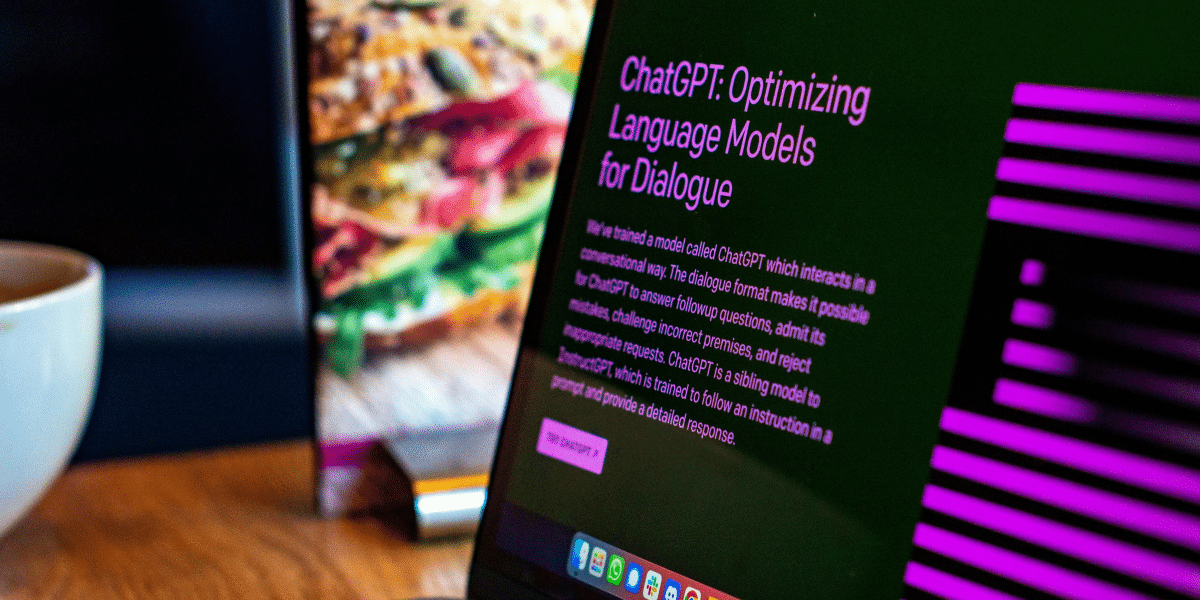By: Mahshad Nasr Esfahani
ChatGPT is one of the most talked about AI tools amongst the public and academics. While most of us have been experimenting with ChatGPT to create recipes or travel itineraries, this AI technology is changing the landscape for writing education.
Writing centers are at the forefront of AI integration within educational institutions, with tools like ChatGPT transforming how they operate and function. As we approach the second half of the decade, it’s crucial to create a culture of experimentation and innovation for successful AI that prioritizes continuous learning and stakeholder engagement.
The Unique Case of Writing Centers
Writing centers pose a unique challenge due to their role in educational institutions, supporting students with their writing skills and acting as hubs of academic support. These centers are staffed by trained tutors and engage with all stakeholders throughout academic establishments, from students to faculty.
The focus on collaborative learning and individualized instruction means the wider context of writing centers must be considered when proposing AI integration. AI in teaching and assessment is divisive, although there is consensus amongst Russell Group universities in the UK that AI as a supportive tool for learning is encouraged if used appropriately and ethicall
Adopting Ethical AI Integration for Writing Centers
AI integration can make writing centers more efficient and effective in offering students writing assistance. Tools like ChatGPT can generate ideas and provide instant feedback, complementing the tutoring methods used by writing centers.
Outsourcing repetitive tasks to AI tools empowers human tutors to focus on more complex challenges, such as structure and coherence.
Adopting best practices from past IT integrations can provide valuable insights for writing centers navigating AI integration. It’s a thesis I examined in detail within a recent research paper, spotlighting a phased implementation approach, effective communication, and stakeholder engagement as the three key pillars to success.
Effective communication channels can manage expectations, keep stakeholders informed, and enable institutions to address specific concerns. Addressing misconceptions and fears around AI integration is essential. Transparency around AI tools and their usage is crucial with faculty and students needing to understand the use and limitations of AI technology. All stakeholders, from technical staff to faculty and end-users, must be involved in this AI integration.
Making it a collaborative effort by gathering feedback can ensure AI tools are integrated in the most effective way possible. Training on using AI tools, and navigating their limitations, are also vital for tutors and students.
The Case for AI Tools in Academic Writing Support
AI tools can create more supportive environments for students and create more dynamic workflows for faculty and tutors. It can assist with the increasing demand for writing support services with round-the-clock support, making this support more accessible for students with standardized feedback.
A phased approach to AI integration for writing centers allows for an adjustment period with pilot testing, regular evaluation, and user feedback. Writing centers must be adaptable and agile, continuously refining their AI integration to evolve it in line with technological advancements. Continuous learning and adaptation, coupled with enhanced communication and stakeholder engagement, can lead to more agile implementation of AI tools with an ethical AI framework.
Integrating AI tools in writing centers will enhance support services, create more dynamic learning environments, and improve student outcomes. It’s a win-win for stakeholders throughout the academic field.
Published by: Khy Talara














